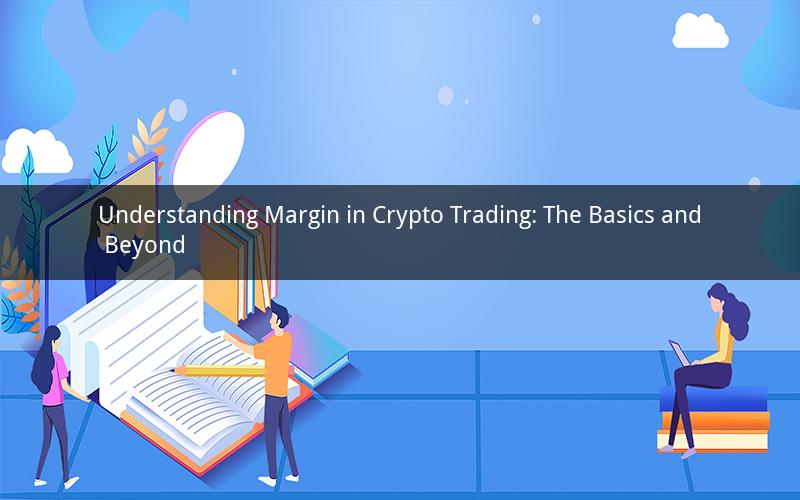
In the fast-paced world of cryptocurrency trading, margin trading has emerged as a popular strategy among experienced traders. But what exactly is margin trading, and how does it work? This article delves into the concept of margin in crypto trading, its benefits, risks, and practical tips for navigating this complex trading method.
What is Margin in Crypto Trading?
Margin trading in crypto trading refers to the practice of borrowing capital from a broker to increase the size of your trades. This borrowed capital is known as "margin," and it allows traders to leverage their positions and potentially amplify their profits. However, it's important to note that margin trading also comes with increased risk, as losses can be magnified in the same proportion.
How Does Margin Trading Work?
When you engage in margin trading, you're essentially borrowing funds from your broker to trade cryptocurrencies. The amount of margin you can borrow depends on your broker's margin requirements, which are usually a percentage of the total value of the trade. For instance, if a broker requires a 50% margin, you would need to deposit $50 for every $100 worth of cryptocurrency you wish to trade.
Here's how margin trading works in a simplified example:
1. You deposit $10,000 into your trading account.
2. Your broker allows you to borrow an additional $20,000, bringing your total trading capital to $30,000.
3. You decide to buy $30,000 worth of Bitcoin (BTC) using the borrowed funds.
4. If the price of BTC increases by 10%, your profit would be $3,000 (10% of $30,000).
5. However, if the price of BTC decreases by 10%, your loss would also be $3,000 (10% of $30,000), which is the equivalent of your entire deposit.
Benefits of Margin Trading
1. Leverage: Margin trading allows you to control a larger position than you would be able to with your available capital, enabling you to potentially earn higher profits.
2. Increased trading volume: With margin trading, you can increase your trading volume, which can be beneficial if you're looking to capitalize on market opportunities.
3. Flexibility: Margin trading can be a flexible strategy, as it allows you to enter and exit positions quickly.
Risks of Margin Trading
1. Increased risk: As mentioned earlier, losses in margin trading can be magnified, which means you could potentially lose more than your initial deposit.
2. Margin calls: If the value of your position decreases, your broker may require you to deposit additional funds to cover the shortfall. If you fail to meet this margin call, your broker may liquidate your position at a loss.
3. Market volatility: Cryptocurrencies are known for their high volatility, which can lead to rapid price movements. This volatility can increase the risk of margin trading.
Practical Tips for Margin Trading
1. Start with a small amount: As a beginner, it's advisable to start with a small amount of margin to familiarize yourself with the risks and rewards of margin trading.
2. Do your research: Before engaging in margin trading, ensure you understand the risks involved and have a clear trading strategy.
3. Use stop-loss orders: Stop-loss orders can help mitigate your losses by automatically closing your position when the price reaches a certain level.
4. Monitor your positions: Keep a close eye on your positions to ensure you're aware of any margin calls or potential losses.
5. Don't over-leverage: Avoid taking on excessive leverage, as this can increase your risk of loss.
FAQs
1. Q: What is the difference between margin trading and regular trading?
A: Margin trading allows you to borrow funds from your broker to increase the size of your trades, while regular trading involves using only your own capital.
2. Q: Can I lose more than my initial deposit in margin trading?
A: Yes, you can lose more than your initial deposit in margin trading due to the high leverage involved.
3. Q: Is margin trading suitable for beginners?
A: No, margin trading is not suitable for beginners due to its increased risk and complexity.
4. Q: What is a margin call, and how can I avoid it?
A: A margin call is when your broker requires you to deposit additional funds to cover the shortfall in your position. To avoid margin calls, closely monitor your positions and ensure you have enough capital to cover potential losses.
5. Q: Can margin trading be profitable for long-term investors?
A: While margin trading can be profitable for short-term traders, it may not be suitable for long-term investors due to the high risk and volatility of cryptocurrencies.